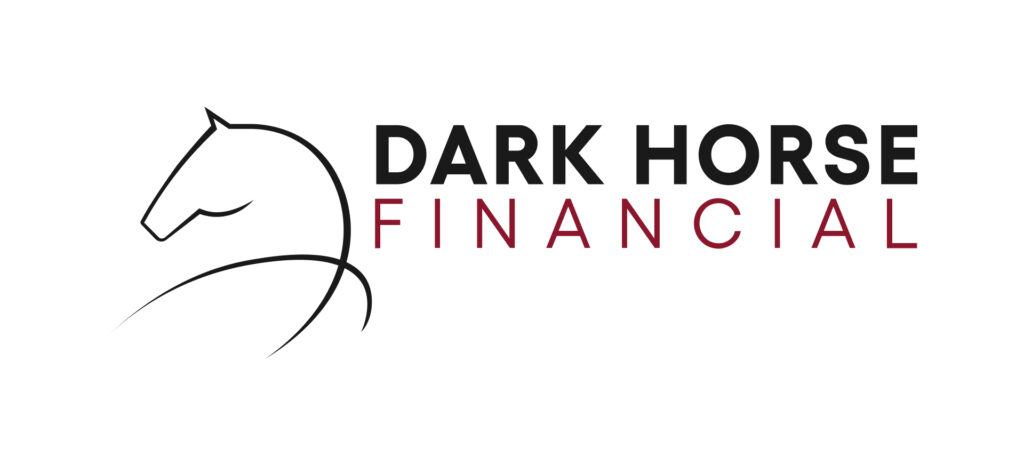Key Takeaways
- An NDIS provider delivers disability support services under the National Disability Insurance Scheme, ranging from personal care to therapeutic supports.
- An unsecured overdraft is a flexible line of credit allowing businesses to withdraw beyond their account balance without requiring security.
- No asset security is needed, interest is charged only on used funds, and the limit resets once you repay what you borrowed.
- Applications are assessed on turnover and do not require financials for limits up to $500,000.
- Unsecured overdrafts are suitable for NDIS providers, ideal for managing payroll delays, unexpected expenses, and fluctuating service demand without risking assets.
- Advantages for NDIS businesses include improving cash flow, covering seasonal gaps, and offering flexible repayments.
- To obtain an unsecured overdraft, simply reach out via our online form.
- Unsecured overdrafts can be approved as quickly as 24 hours.
- An unsecured overdraft can be a smart solution for NDIS providers needing quick, flexible funding. Consult a specialist like Dark Horse Financial for tailored advice.
For National Disability Insurance Scheme (NDIS) providers in Australia, maintaining steady cash flow is key to delivering high-quality support services. However, delays in NDIS payments, unexpected expenses, or seasonal fluctuations can strain finances. An unsecured overdraft for NDIS Providers Australia can be a flexible financial solution to bridge these gaps without requiring security.
In this guide, we’ll explore what an NDIS provider is, how unsecured overdrafts work, the pros and cons of unsecured overdrafts for NDIS providers, and how to obtain this type of financing.
What is a NDIS Provider?
An NDIS provider is an organisation or individual registered with the National Disability Insurance Scheme to deliver support and services to NDIS participants. These providers offer a wide range of services, including:
- Personal care and daily living assistance
- Therapeutic supports (occupational therapy, physiotherapy, etc.)
- Community participation programs
- Specialist disability accommodation (SDA)
- Assistive technology and equipment
NDIS providers must comply with strict quality and safeguarding standards set by the NDIS Quality and Safeguards Commission. Given the nature of their work, they often face financial challenges due to payment processing delays, uneven service demand, or unexpected operational costs.
What Is an Unsecured Overdraft?
An unsecured overdraft is a flexible line of credit that allows businesses to withdraw more money than they have in their account, up to an approved limit. Unlike secured overdrafts, which require security (such as property or assets), an unsecured overdraft is granted based on the business’s turnover and capacity to repay the line of credit.
Unsecured overdrafts function as a revolving line of credit. You can draw funds as needed, repay them, and then borrow again, providing flexibility in managing cash flow. Interest is typically charged only on the amount drawn, not the total limit.
Are Unsecured Overdrafts Suitable for Disability Service Providers?
Yes, unsecured overdraft facilities for NDIS providers can be highly beneficial because:
- No Asset Needed: Since no security is needed, providers don’t need to pledge property, equipment, vehicles, or machinery to get access to funding.
- Quick Access to Funds: Unlike traditional loans, which can take weeks to process, overdrafts provide instant liquidity when cash flow is tight.
- Supports Payroll and Operational Costs: Many NDIS providers struggle with delayed NDIS payments. An overdraft ensures staff and bills are paid on time.
- Flexible Repayments: You only borrow what you need and repay when cash flow improves, reducing unnecessary debt.

What Are the Advantages of Unsecured Overdrafts for NDIS Businesses?
- Improves Cash Flow Management: NDIS payments can sometimes take weeks to process. An overdraft ensures businesses can deliver their services effectively without financial strain.
- Helps with Seasonal Demand Fluctuations: Disability services may see varying demand. An overdraft helps cover costs during quieter periods.
- No Long-Term Commitment: Unlike term loans, overdrafts can be used as needed without locking into lengthy repayment schedules.
- Enables Business Growth and Scaling: Providers who are expanding into new regions, hiring more staff, or investing in compliance and systems may need working capital. An overdraft can support this growth.
- Supports NDIS Compliance: Providers need to maintain compliant systems, software, and reporting mechanisms. An overdraft can support investment in necessary tools.
Potential Drawbacks of Unsecured Overdrafts
While beneficial, unsecured overdrafts have some considerations:
- Higher Interest Rates: Unsecured overdrafts generally come with higher interest rates than secured loans or lines of credit.
- Limited Credit Amount: Because they are unsecured, these overdrafts often come with lower credit limits compared to secured facilities.
- Ongoing Fees and Charges: Some lenders apply establishment fees, account maintenance fees, or unused limit fees on top of interest.
- Risk of Over-Reliance: Relying too heavily on an overdraft can mask deeper cash flow issues. Continuous use without repayment planning can lead to debt accumulation.
How Does an Unsecured Overdraft Support Cash Flow in NDIS Organisations?
Cash flow challenges are common for NDIS providers due to:
- Delayed NDIS payments: Invoices may take 5-10 business days to process.
- Unexpected expenses: Equipment repairs or additional staffing needs can arise suddenly.
- Irregular service demand: Client needs may fluctuate, affecting income stability.
An unsecured overdraft for NDIS Providers Australia acts as a financial safety net, allowing providers to:
- Bridge Payment Gaps: It helps cover expenses when there is a delay in receiving payments from the NDIS or participants.
- Manage Payroll: Ensures timely payment to staff, maintaining workforce morale and service continuity.
- Cover Operational Costs: Assists in managing day-to-day expenses, such as rent, utilities, and supplies.
- Purchase Equipment: Enables businesses to purchase up-to-date equipment for NDIS participants.
- Invest in Growth: Allows businesses to pursue growth initiatives like expansion or opening new locations.

How Can NDIS Providers Obtain Unsecured Overdraft Facilities?
Securing an unsecured overdraft for NDIS Providers Australia involves several steps:
1. Assess Your Financial Needs
Determine how much funding you require and for what purpose (e.g., covering payroll during payment delays, purchasing equipment, or managing seasonal demand).
2. Apply Online
Apply for an unsecured overdraft through our online form. It only takes minutes to apply, and we’ll get back to you immediately with a solution. We’ll make sure to get you the best rates and terms for your overdraft.
3. Formal Application and Approval
Once we submit your application, approval can be as fast as 24 hours with immediate access to funds once approved.
Final Thoughts
Securing an unsecured overdraft for NDIS Providers is a great way to manage cash flow gaps without pledging assets. By providing quick, flexible funding, it helps disability service providers maintain operations, pay staff, and invest in growth even when NDIS payments are delayed.
If you’re an NDIS provider wanting to explore financing options, assess your needs first, then apply easily online to get access to funding fast.
Need an Unsecured Overdraft for Your NDIS Business?
We specialise in helping NDIS providers secure flexible financing solutions. Contact us today to discuss your options and find the best NDIS overdraft providers in Australia that can meet your needs.





